The tumultuous history behind the Panama Canal
Ever since the first Spanish Conquistadores landed in Latin America in the 16th century, there had been multiple efforts over the centuries to create a new shipping route across the Atlantic and Pacific oceans by cutting through the isthmus of Panama. The first real undertaking was started by the French in 1881, led by Ferdinand de Lesseps who was credited with making the Suez Canal a reality. The French were soon beset with unforeseen engineering challenges, high worker mortality from the tropical diseases of cholera and malaria, and financing challenges – which eventually led to the collapse of their effort in 1889. The US government then stepped in, intent on building a canal across Panama in order to further solidify its growing regional military and trade presence. U.S. President Theodore Roosevelt’s administration tacitly supported the breakaway of the erstwhile province of Panama from Colombia in 1903, then signed an agreement with the new Panama government securing U.S. territorial rights to the Canal Zone in perpetuity. The U.S. led construction began in 1904 till eventual completion of the canal on August 15th 1914. After almost a century of territorial and operational control by the US and rising resentment from the Panamanians, the canal was officially handed over back to Panama in December 1999 after an earlier treaty was signed with the Carter administration in 1977.
Design & construction of the locks-based canal
Building of the canal was and still is one of the largest peacetime undertakings the world has ever seen. The 82km (51mi) long canal that cuts across the isthmus of Panama connecting the Atlantic Ocean to the Pacific Ocean is truly an engineering marvel. After the French led efforts to build a sea level canal similar to the Suez Canal failed – the design was modified into a locks-based canal system. This meant utilizing a series of steel gates and water locks that raise ships from sea level on either the Pacific or Atlantic side up to the artificial Gatun lake which is at a height of 26m (85ft), then lower them back to sea level on the opposite ocean. This massive undertaking also involved cutting through the continental divide in an area called the Culebra cut, severing the land connection between North and South America. Once the canal was operational it effectively cut down the distance required to travel from the Atlantic to Pacific oceans by about 13,000 km (8,000 mi), since ships did not need to circumnavigate around Cape Horn at the southernmost point of South America anymore.
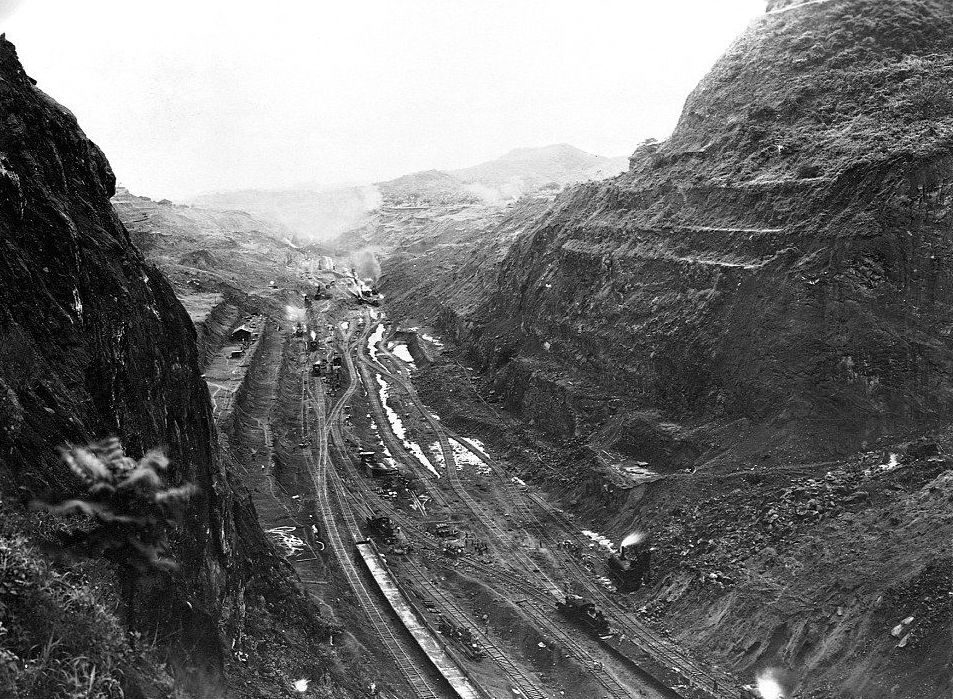
Cutting through the continental divide at the Culebra Cut, circa 1913 (courtesy: Library of Congress)
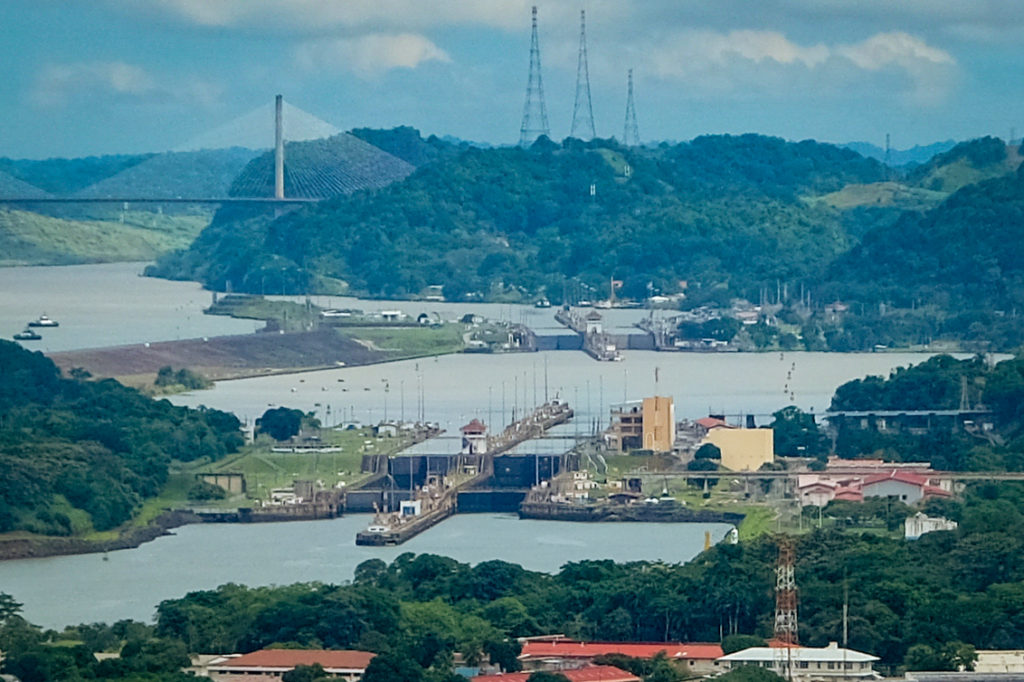
The multi-level gates of Miraflores Locks, as seen from Cerro Ancon hill
Viewing the operation of the canal at Miraflores Locks
The closest and most accessible location to view the Panama Canal is at the Miraflores locks, just a short 20 minute ride from the city. We took an uber there, purchased our $10 entry tickets and made our way into the the visitor center. A multi-story exhibition introduced us to the historical background and technical as well as medical challenges that both French and American efforts faced in the building of the canal. Once we made it though the exhibits, it was time for the main attraction – watching ships of all sizes make their careful passage through the gates of Miraflores locks.
Vessel traffic through the Panama canal is truly a barometer of the state of the world economy – with traffic increasing as consumer demand and industrial production trend up. In the few hours that we were at Miraflores locks to see the canal and locks system in action, we saw a varied set of ocean going vessels pass though – from recreational catamarans, military and naval boats, to massive cargo container ships. Given the importance of the Panama Canal to global trade, shipbuilders and engineers use the ‘Panamax’ size denotation to gauge maximum tonnage and size dimensions for their ships in order to guarantee sufficient clearance while traversing the canal. It was suspenseful watching the large ships that seemed too wide for the canal being guided through the narrow channel by electric locomotives on both sides, with just inches to spare!
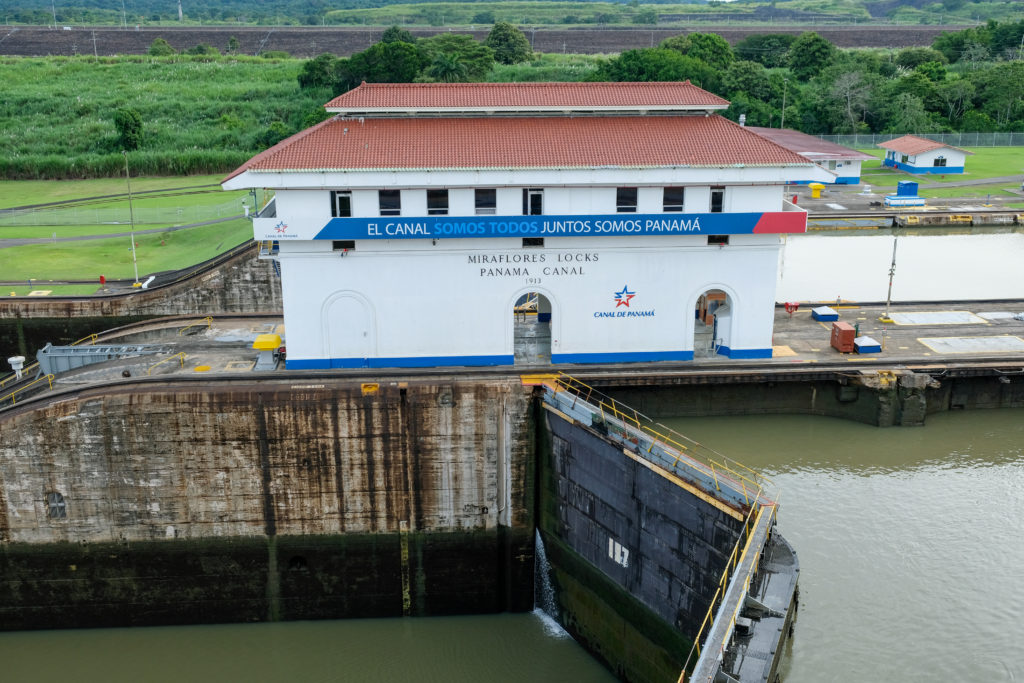
Miraflores Locks control center
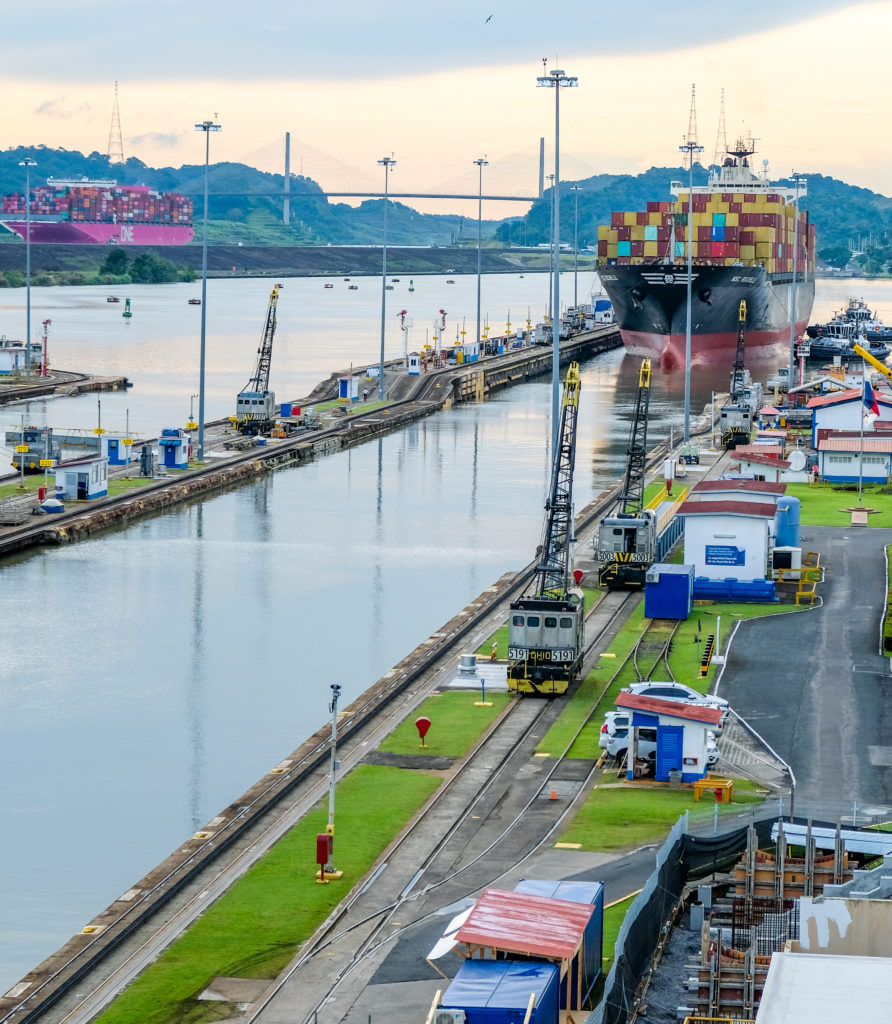
Vessel approaching the narrow canal passage
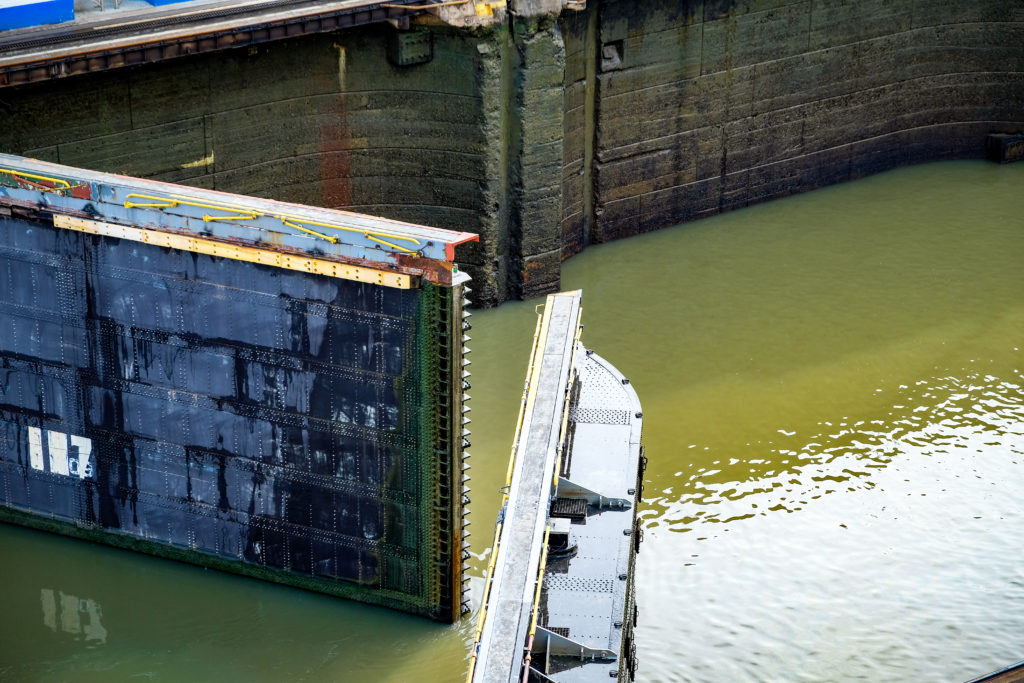
Gates closing to raise up the water levels in the locks
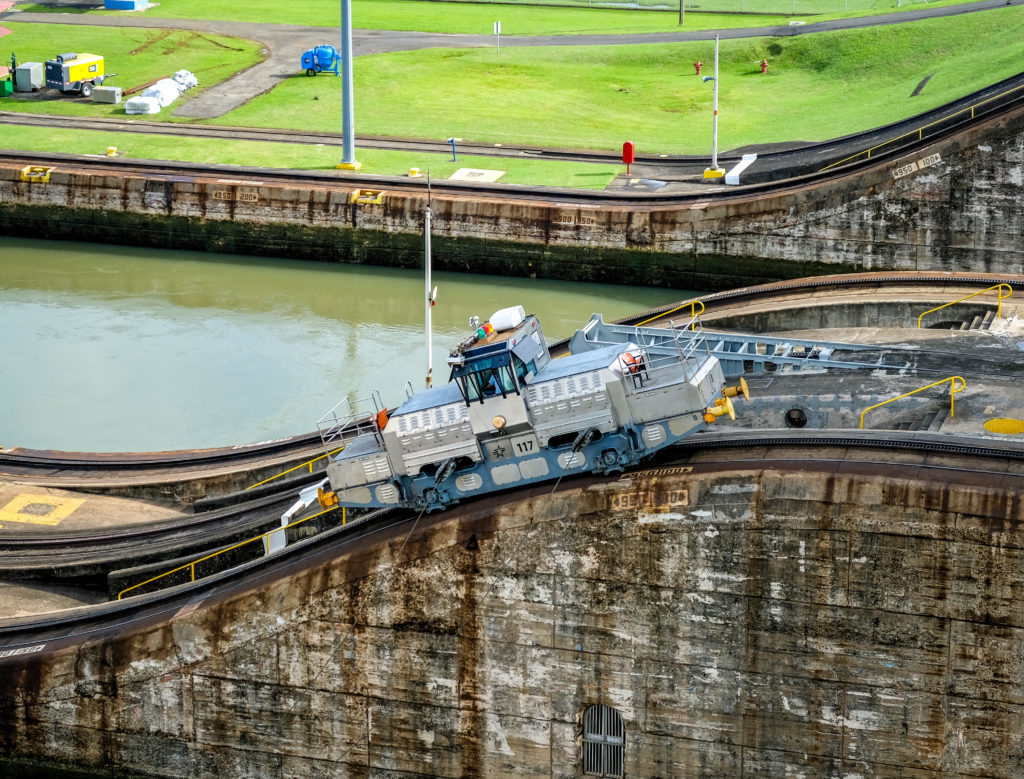
The engine that could – one of the many electric locomotives that help tug the vessels through the canal
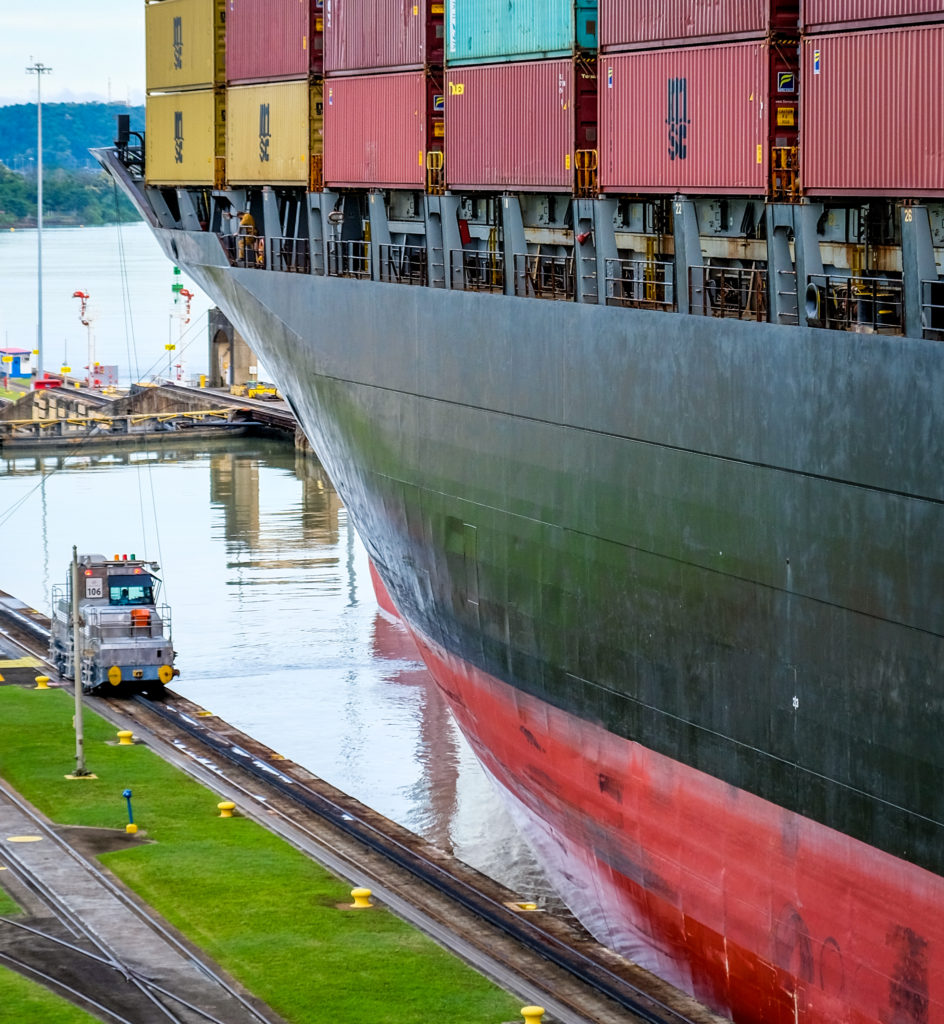
Barely inches to spare
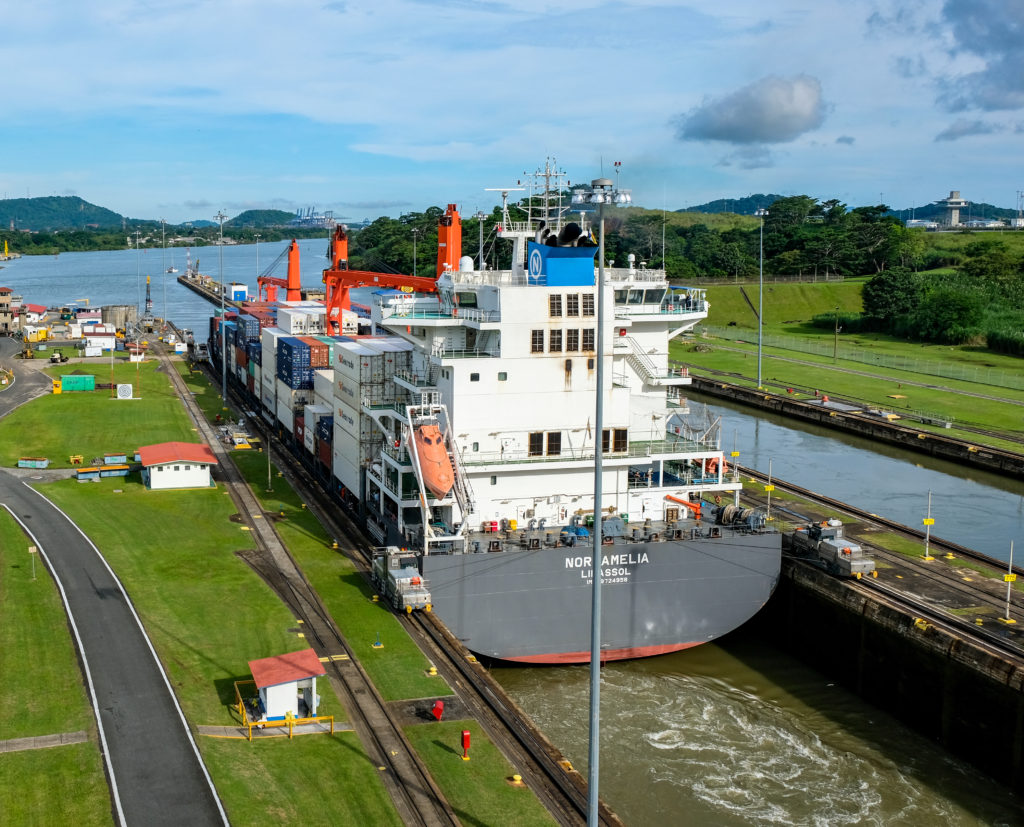
Almost there…
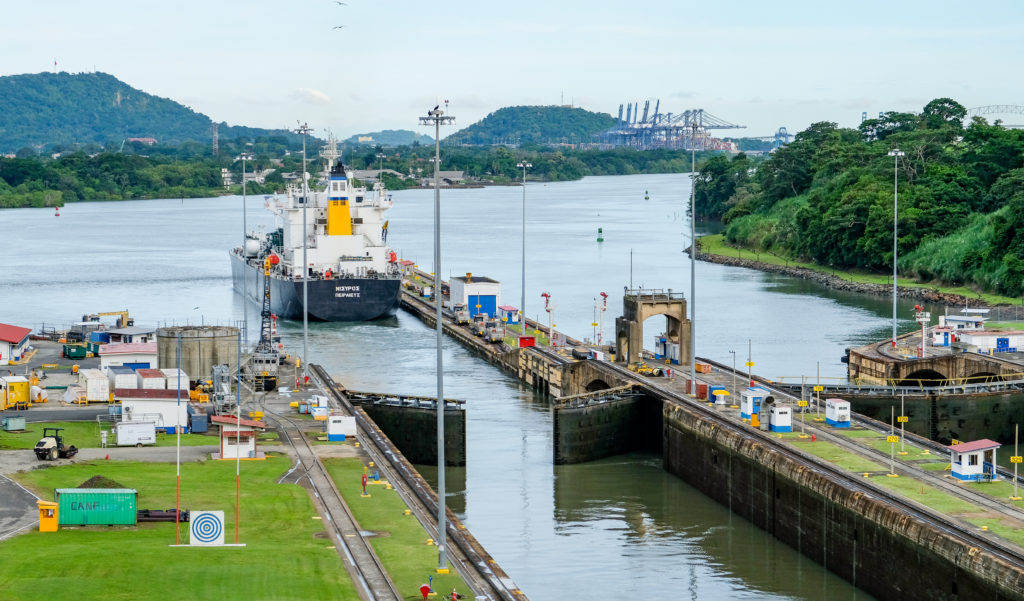
Last gate opening to allow ships to lower down to sea level
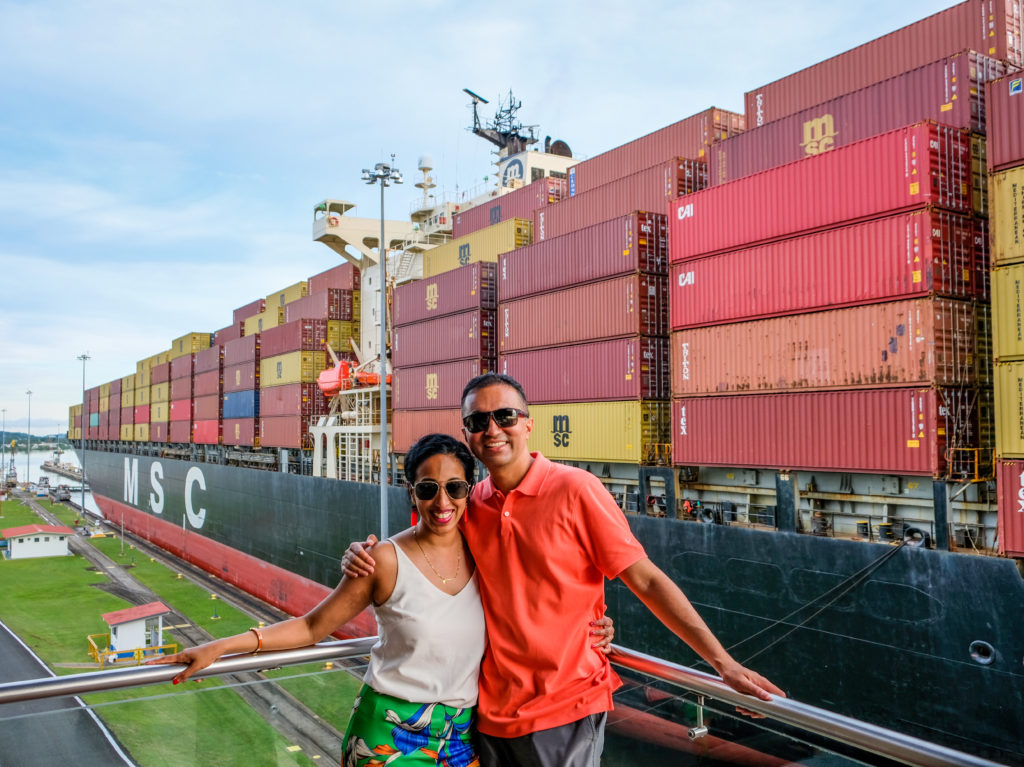
Satisfied after successfully inspecting a vital cog of the global supply chain
We had arrived at Miraflores by mid-afternoon and the time flew by as we stayed transfixed on the incoming vessels and the operations of the locks and gates. When the visitor center began to close at 5pm, we had to literally be pulled away from the viewing platform by the staff and shown our way out the exit. By far the best $10 that we spent on our Panama trip!

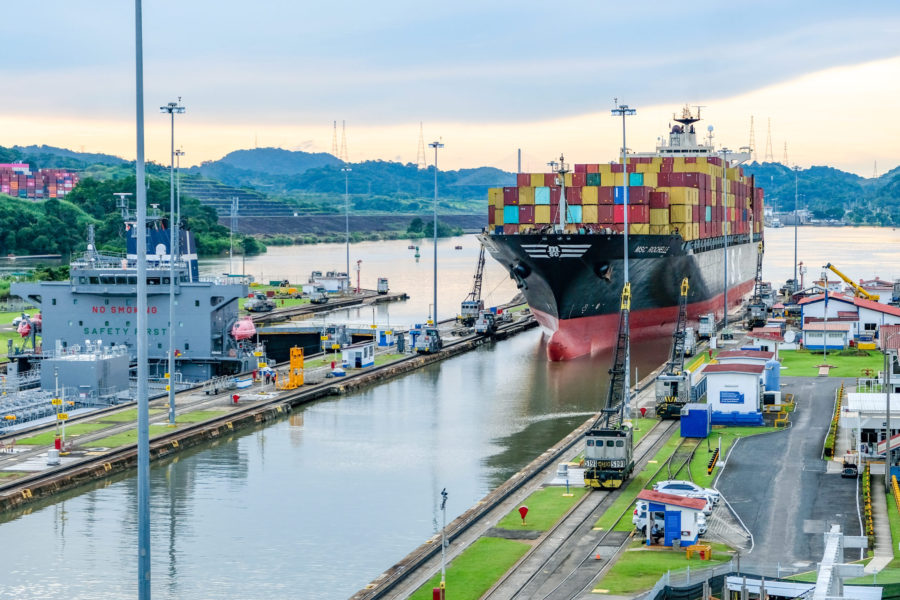
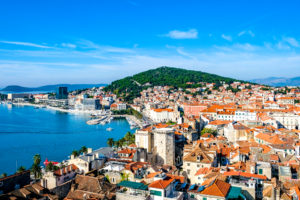
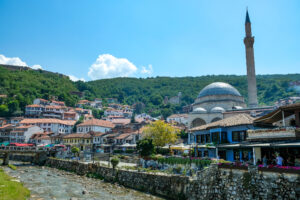
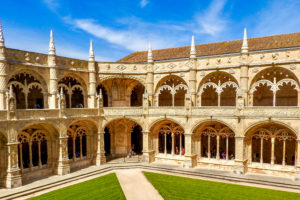




Leave a Reply
Please share your comments below!